Light deprivation, also known as light dep, is a popular technique used by greenhouse growers to manipulate the light exposure their plants receive. By strategically controlling the amount of light the plants are exposed to, growers can maximize yields, control flowering times, and even extend the growing season. In this blog, we will walk you through the process of choosing and building a light deprivation greenhouse step by step. If you are interested in this topic, let's jump into it.
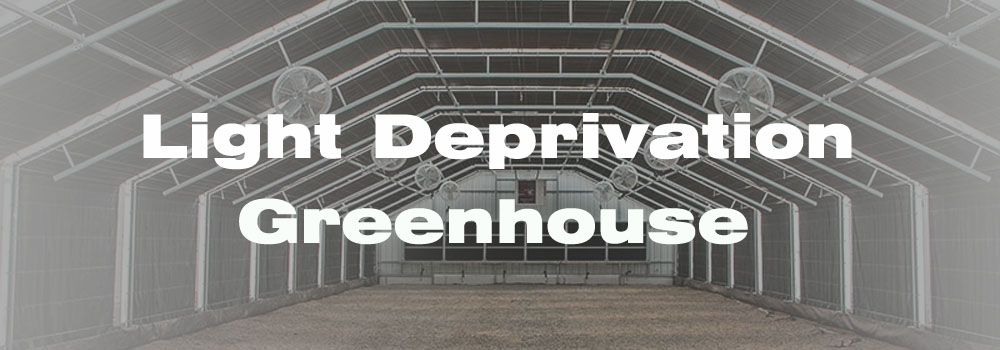
Step 1: Select the Right Greenhouse Structure:
Choosing a greenhouse that is suitable for your demands is very important. As we mentioned in our previous blog <Shaping Your Success Blackout Greenhouse vs. Traditional Greenhouse for Growers>, choose a greenhouse structure that suits your needs and budget and consider factors such as size, materials, ventilation, and the ability to block out light effectively.
Step 2: Plan for Light Blocking:
To achieve successful light deprivation, you'll need to block out sunlight effectively. Invest in light-blocking materials such as blackout fabrics, light-deprivation tarps, or light-dep curtains. Ensure these materials are of high quality and designed specifically for light deprivation purposes. Here is a guide to teach you how to choose these materials: "How do I choose a reflective material for a blackout greenhouse". Here we go.
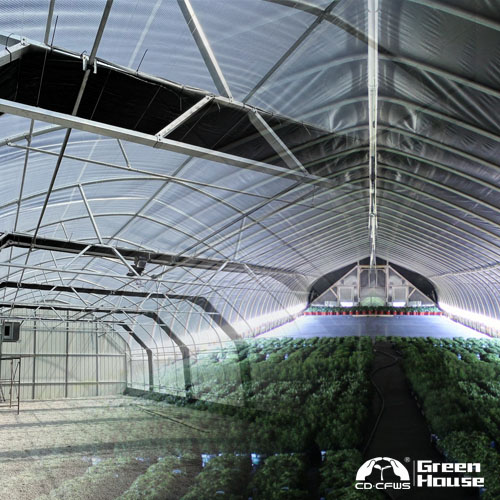
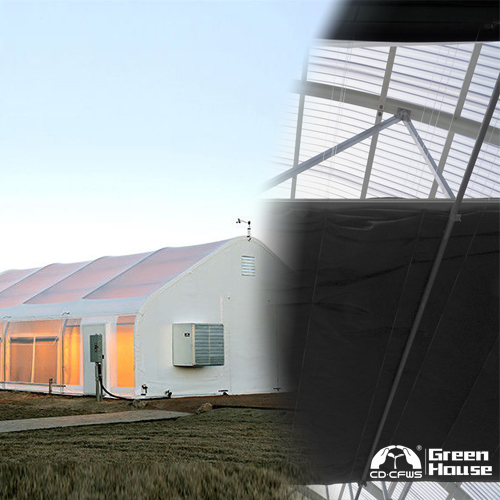
Step 3: Prepare the Greenhouse:
If you already had a greenhouse, you would just clean and prepare the greenhouse before installing the light deprivation system. Remove any debris, weeds, or unwanted vegetation that might interfere with the effectiveness of the light-blocking materials. If you don’t have one, you can choose and order the light deprivation greenhouse by way of step 1. Here is our Light deprivation greenhouse catalog. You can directly learn more details about this type of greenhouse if you need.
Step 4: Install Light-Blocking Materials:
Follow the manufacturer's instructions to install the light-blocking materials inside the greenhouse. Cover all walls, ceiling, and any openings like doors and vents to create a light-tight environment. Pay close attention to sealing any potential light leaks to maintain strict control over light exposure.
Step 5: Automate Light Deprivation:
Consider using automated systems for light deprivation. This can include motorized curtain systems or light-dep mechanisms that can be programmed to open and close at specific times. Automation ensures precision in controlling the duration and intensity of light exposure.
Step 6: Develop a Light Deprivation Schedule:
Create a light deprivation schedule based on your crop's specific requirements. Research the optimal light exposure for your plants during different growth stages. Determine the number of hours of light your plants need and the darkness period required to trigger flowering. Adjust the light exposure according to your desired outcomes.
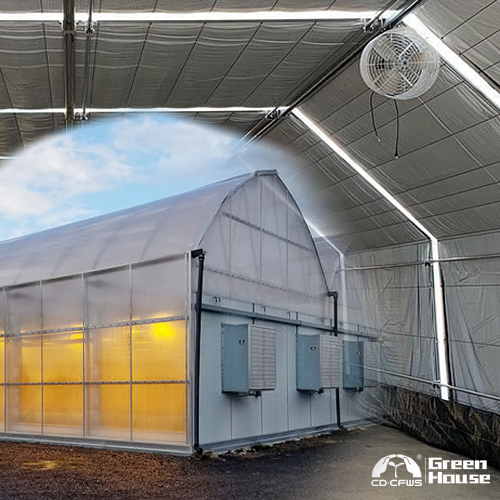
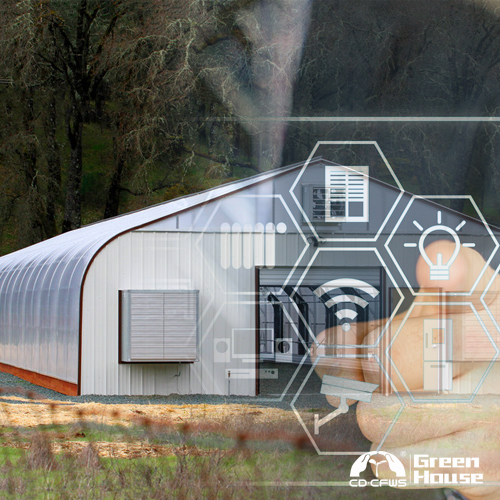
Step 7: Monitor and Maintain Environmental Conditions:
Maintain optimal environmental conditions within the greenhouse. Regularly monitor and control factors such as temperature, humidity, ventilation, and airflow. Proper environmental control contributes to healthier plants and enhances the effectiveness of light deprivation techniques.
Step 8: Troubleshooting and Adjustments:
Regularly inspect the greenhouse for any potential light leaks or issues with the light-dep system. Light leaks can disrupt the light deprivation process, so address them promptly. Make adjustments as necessary to ensure a consistent and controlled light environment.
Step 9: Evaluate and Refine:
Observe and evaluate the effects of light deprivation on your plants. Monitor growth, flowering patterns, and overall plant health. Make adjustments to your light deprivation schedule or environmental conditions as needed to optimize results.
You may get a perfect light-deprivation greenhouse according to these 9 steps. Remember, successful light deprivation requires attention to detail, regular monitoring, and adjustments based on your crop's specific needs. With practice and experience, you'll become proficient in harnessing the power of light to achieve desired outcomes in your greenhouse. If you want to discuss more details about this type of greenhouse, feel free to contact us anytime!
Email: info@cfgreenhouse.com
Phone: +86 13550100793
Post time: Jun-14-2023





